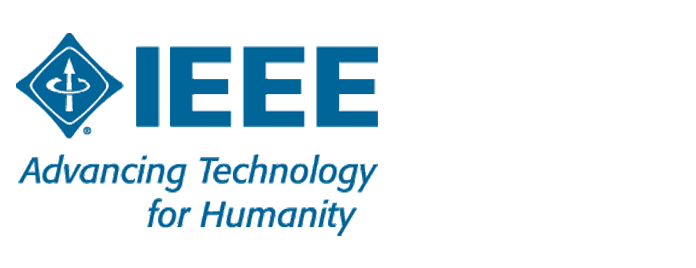Information technology - Computer graphics, image processing and environmental data representation - Part 1: Humanoid animation (HAnim) architecture
This document specifies a systematic system for representing humanoids in a network-enabled 3D graphics and multimedia environment. Conceptually, each humanoid is an articulated character that can be embedded in different representation systems and animated using the facilities provided by the representation system. This document specifies the abstract form and structure of humanoids. Further, this document specifies the semantics of humanoid animation as an abstract functional behaviour of time-based, interactive 3D, multimedia articulated characters. This document does not define physical shapes for such characters but does specify how such characters can be structured for animation. This document is intended for a wide variety of presentation systems and applications, providing wide latitude in interpretation and implementation of the functionality.

ISO/IEC 19774-1:2019
https://www.iso.org/standard/64788.html
